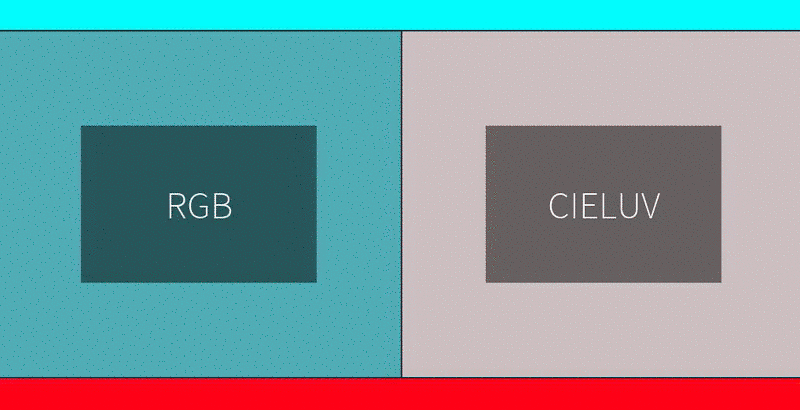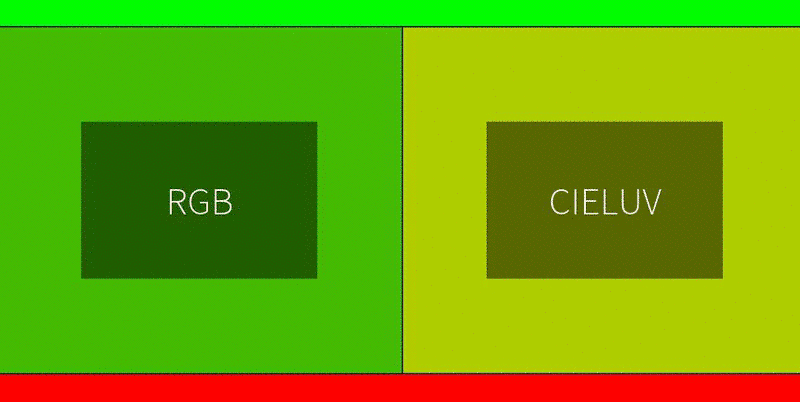rbx-tween
v0.0.7
Published
A library for writing efficient, simple interpolation code
Downloads
28
Maintainers
Readme
Tween
A library for writing efficient, simple interpolation code.
Setup:
import { Standard, Deceleration, OutElastic } from "rbx-easing-functions";
import Tween from "rbx-tween";
const Workspace = game.GetService("Workspace");Here is the generalized form:
/**
* Creates a Tween along a curve, with a callback to call each tick.
* Connects an interpolation function to RunService.RenderStepped if initialValue is a CFrame,
* else RunService.Heartbeat.
* @param totalDuration The total duration of the Tween
* @param easingFunction The easingFunction to call each tick
* @param callback The function to call each tick
* @param initialValue The starting value to interpolate to push into the callback function each tick. default=0
* @param endValue The target value the initialValue should reach. default=1
* @param extraValue1 An extra value to be passed into the easingFunction
* @param extraValue2 An extra value to be passed into the easingFunction
*/
declare function Tween<T extends LerpableTypes = number>(
totalDuration: number,
easingFunction: (delta: T) => void,
callback: (delta: T) => void,
initialValue?: T,
endValue?: T,
extraValue1?: any,
extraValue2?: any,
): PseudoTween;Here is the simplest form:
This will return a Tween object, and connect this interpolation to RunService.Heartbeat. x will be a number along the Standard curve [0, 1]. The interpolation will last 1 second. Standard is the EasingFunction, which is the curve along which this interpolation will animate.
Tween(1, Standard, x => print(x));Functions that interpolate CFrames will instead connect to RunService.RenderStepped.
const Camera = Workspace.CurrentCamera;
const StartPosition = Camera.CFrame;
const EndPosition = Camera.CFrame.add(new CFrame(5, 5, 5));
// binds to RenderStepped
Tween(2, Deceleration, Position => Camera.CFrame = Position, StartPosition, EndPosition);StartPosition and EndPosition can be basically any Roblox type (default = number), and this will be the type that gets passed into the callback.
const red = Color3.fromRGB(255, 0, 0);
const blue = Color3.fromRGB(0, 0, 255);
const myObj = new Instance("Part");
myObj.Parent = Workspace
// The last two 0.5 arguments will be passed into OutElastic, as parameters representing amplitude and period
Tween(1, OutElastic, x => print(x), myObj.Color, blue, 0.5, 0.5)When lerping Color3 values, it will automatically lerp across the CIELUV Color space:


PseudoTween Object
Calling the Tween function will return a PseudoTween, which has pretty much the same API as Roblox's TweenBase.
/**
* A Tween Object
*/
interface PseudoTween {
/**
* The Play function starts the playback of its Tween.
* Note: if a tween has already begun calling Play,
* this will have no effect unless the tween has finished or has been stopped
* (either by this.Cancel() or this.Pause()).
*/
Resume(): this;
/**
* The Pause function halts playback of its Tween.
* If TweenBase/Resume is called again the tween will resume playback from the moment it was paused.
*/
Pause(): this;
/**
* The Cancel function halts playback of its Tween and resets the tween variables.
* If TweenBase:Play is called again the Tween's properties will resume interpolating towards their destination but,
* as the tween variables have been reset, take the full length of the animation to do so.
*/
Cancel(): this;
/**
* Yields the current thread until the Tween has completed.
*/
Wait(): this;
}